The human body contains about 600 muscles. Muscles work to provide movement and make up the muscular system. While there are generally three main types of muscles (skeletal, smooth, and cardiac), there are other ways to classify them. One way to characterize the muscles in the human body would be to classify them as tonic and phasic muscles.
Physiologically, muscles often work in pairs – for a movement to occur, one muscle tightens while the opposite relaxes. While most muscles have the capacity to do both, there are some that predominantly tighten while others predominantly relax.
The muscles that are prone to tighten are called tonic muscles while the muscles that are prone to relax are called phasic muscles. Tonic muscles are often associated with muscles that hold the body’s posture and are less prone to fatigue, while phasic muscles are more dynamic and fatigue more.
Muscular System
The muscular system is responsible for movement in the human body. It is an organ system that consists of three main muscle types: cardiac, smooth, and skeletal muscles.
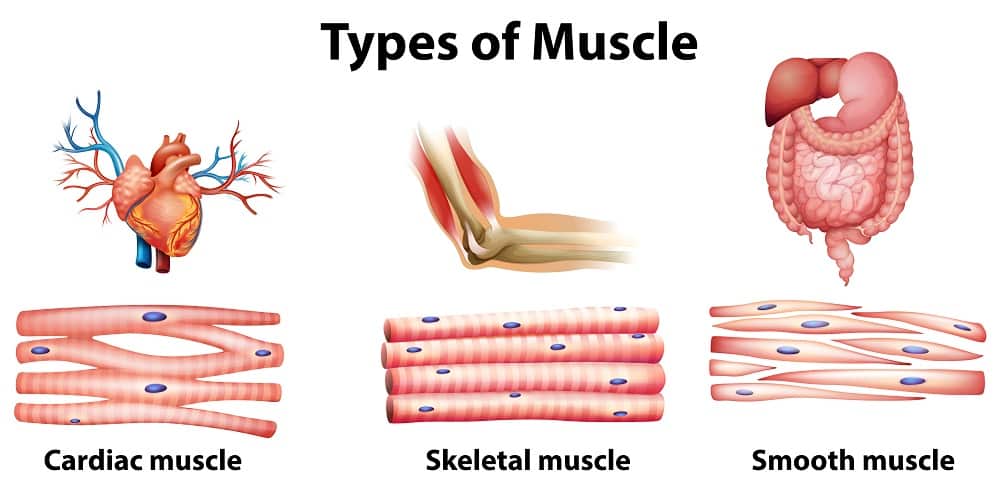
The cardiac muscle is unique in the sense that it can only be found in the heart. Also called the heart muscle, it is an involuntary muscle which means that it cannot be controlled by will. In fact, it is regulated by a specialized structure called the sinoatrial node that sends electrical impulses to stimulate contraction.
Smooth muscles are muscles that line other organ systems. Just like the cardiac muscles, smooth muscles are also involuntary. Smooth muscles are located throughout the body, typically around organ systems that require the mechanical movements of the muscles such as the stomach, intestines, urinary bladder, arteries, veins, and along the tracts of the respiratory, urinary, and reproductive system.
Lastly, there are the skeletal muscles. Unique amongst the muscle groups, skeletal muscles are voluntary. This means these are the muscles that a person can consciously control and direct. Unlike the other muscles, skeletal muscles are highly associated and connected to the skeletal system, hence their name. These skeletal muscles are often attached to the bones through bundles of collagen fibers called tendons.
In terms of muscle movement, the skeletal muscles are known to often work in pairs. In this binary system, muscles would then be classified as agonists and antagonists. For example, moving the forearm requires the contraction of the biceps; In this movement, the bicep is the agonist while the tricep is the antagonist.
There is a classification scheme to describe muscles that are predominantly agonists or antagonists. These are then called tonic and phasic muscles.
Tonic vs Phasic Muscles
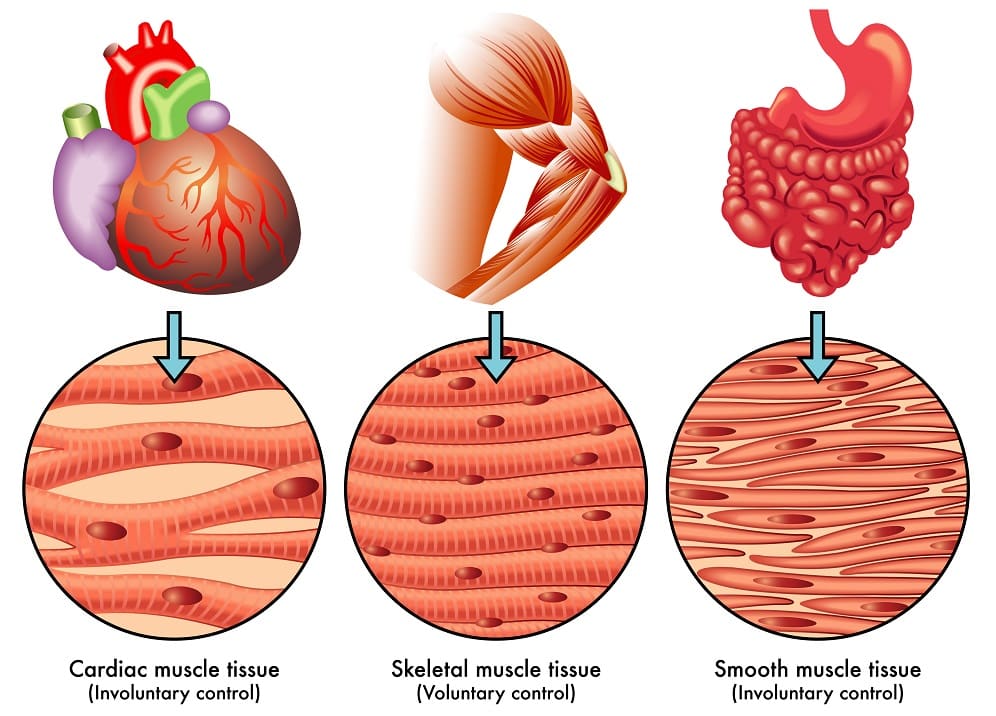
First described in the late 1960s by Dr. Vladimir Janda, a Czech neurologist and physiotherapist. Equipped with an electromyograph, he noticed that there are muscles that seem to be always active and resistant to fatigue, while other muscles are only active when controlled and fatigue easily.
An easy way to think of tonic muscles would be to consider them as background muscles. This means that without conscious effort, these muscles are often engaged and in a contracted position. This is why tonic muscles are often associated with posture. People do not often mind their posture but tonic muscles around the body are actually contracted to a degree to maintain it. Without these tonic muscles engaged, people would slump to the ground.
Major tonic muscles in the body include the hamstrings, hip flexors, erector spinae (lower back), pectorals, upper trapezius, quadratus lumborum, piriformis, psoas, and biceps.
On the other hand, phasic muscles can be thought of as muscles that produce movement on demand. These are muscles that are generally in a relaxed state until a person has to move them. Compared to tonic muscles that are predominantly used for maintaining posture, phasic muscles are more utilized for dynamic movement.
Major phasic muscles in the body include quadriceps, rhomboids, serratus anterior, vastus medialis, tibialis anterior, mid and lower trapezius, glutes, abdominals, upper back, triceps, and deltoids.
Another way to distinguish tonic and phasic muscles would be to assess how muscles deal with fatigue. Since tonic muscles are naturally prone to be tight, these are muscles that feel tight when fatigued. For example, an individual who has worked tonic muscles in the gym would feel these muscles tighten at the end of the day. Comparatively, phasic muscles that are fatigued naturally assume a relaxed position.
Twitch Muscles Explained
The skeletal muscles can be categorized depending on the kind of muscle cell types present. These categories include fast twitch muscles and slow twitch muscles.
In essence, fast twitch muscles are muscles that help the body create sudden bursts of movements, while slow twitch muscles are more associated with enduring long periods of activity. These muscle types are also morphologically distinct. Comparatively, fast twitch muscles have fewer blood vessels and mitochondria than slow twitch muscles.
There are two fast twitch muscle types: type IIa and type IIb. Type IIa muscle types are oxidative-glycolytic muscles which means that these cell types are able to use oxygen and glucose for energy. On the other hand, type IIb muscle types are non-oxidative which means that they do not rely on oxygen for activity. Instead, they utilize the anaerobic energy production pathway. These fast twitch muscles are characterized by fast contractions, but they are prone to fatigue.
Slow twitch muscles have type I muscle fibers. These are oxidative muscle cells, like the type IIa muscle cells, but they have other differences. For example, type I muscles have higher creatine phosphate content, glycogen content, and more stored triglycerides. These are all indicators that these are muscles that require more resources for energy. Unlike fast twitch muscles, slow twitch muscles are characterized by slow contraction and resistance against fatigue.
These concepts are important when discussing tonic and phasic muscles because these twitch muscle types correspond accordingly. Tonic muscles that are predominantly engaged are found to have more slow twitch muscles involved. Comparatively, phasic muscles have been found to be more associated with fast twitch muscles.
Loading
While loading is the resistance that muscles have to overcome to achieve a motion, faulty loading is the point where a muscle is unable to perform the movement anymore. While this is commonly used as a goal in exercise, also known as training to failure, faulty loading can occur from misuse and incorrect exercise form.
Interestingly, tonic and phasic muscles respond differently to faulty loading. As previously mentioned, tonic muscles tighten when fatigued. Specifically, faulty loading causes tonic muscles to shorten and contract. Furthermore, they become hyperactive to stimuli, limiting their range of motion. On the other hand, faulty loading causes phasic muscles to lengthen and weaken.
While these are not too concerning, a problem arises when tonic and phasic muscles are fatigued simultaneously. This condition is called stretch weakness and is defined by “weakness that results from muscles remaining in an elongated condition beyond the neutral physiological rest position.”
Final Thoughts
The main difference between tonic and phasic muscles is their function. While active and engaged without a person’s awareness, tonic muscles help form a person’s posture. On the other hand, phasic muscles are naturally relaxed and are reserved for conscious movement. Furthermore, tonic and phasic muscles can also be distinguished by their resistance to fatigue and what kinds of twitch muscle fibers they are primarily composed of.



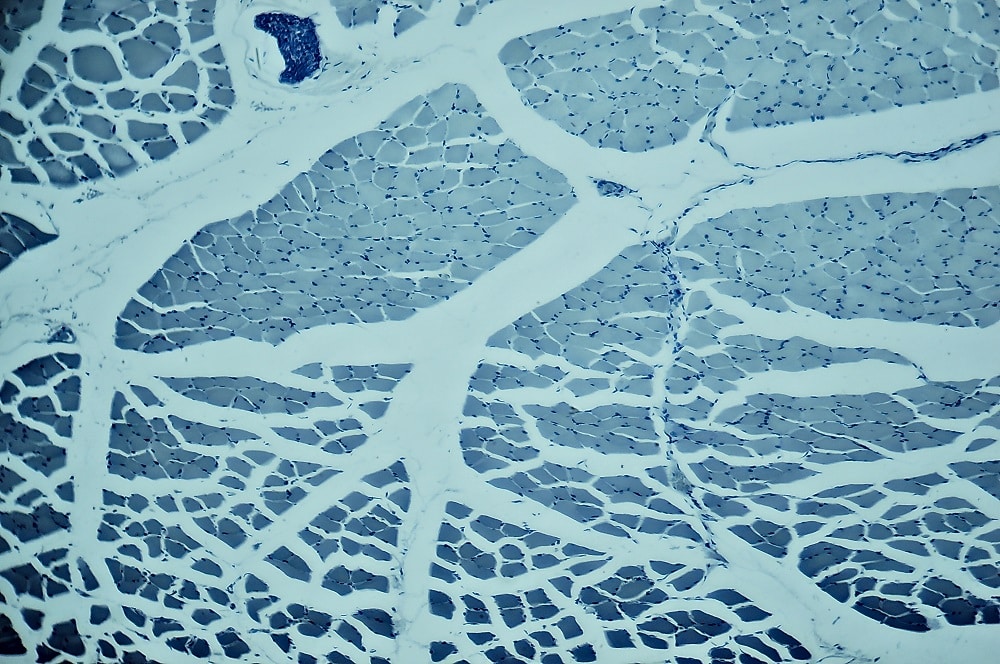


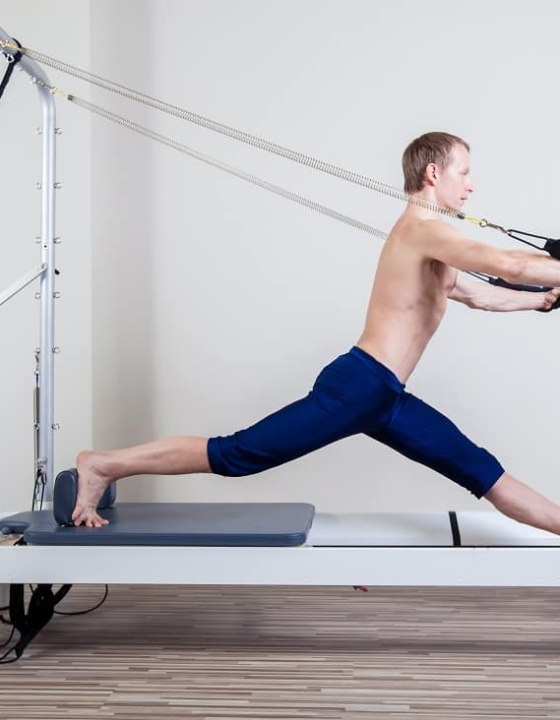




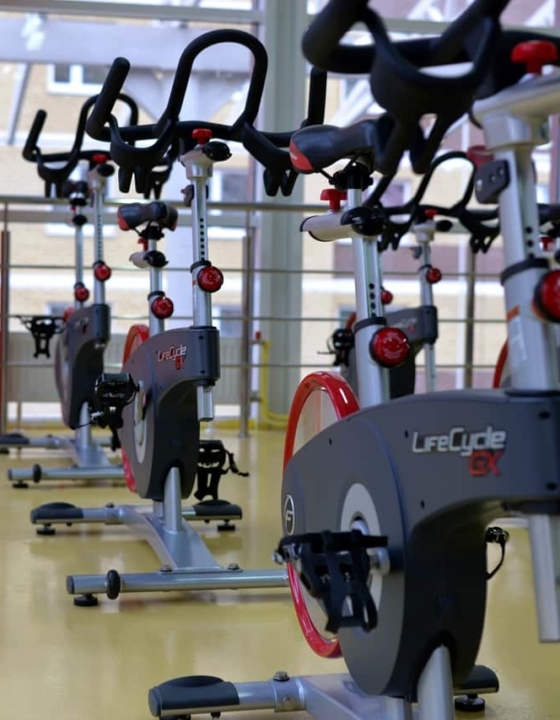










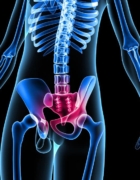
What do you think?